
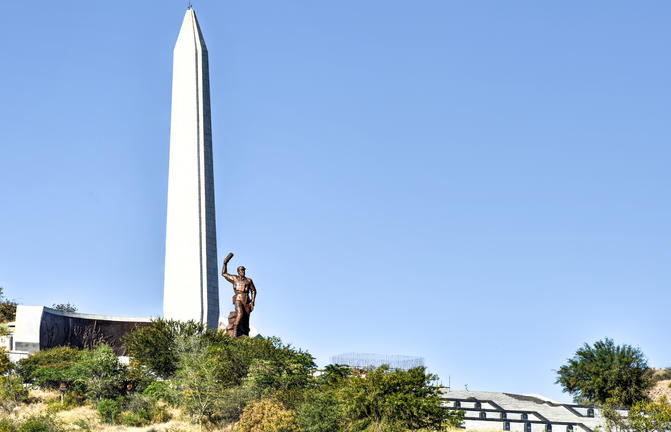
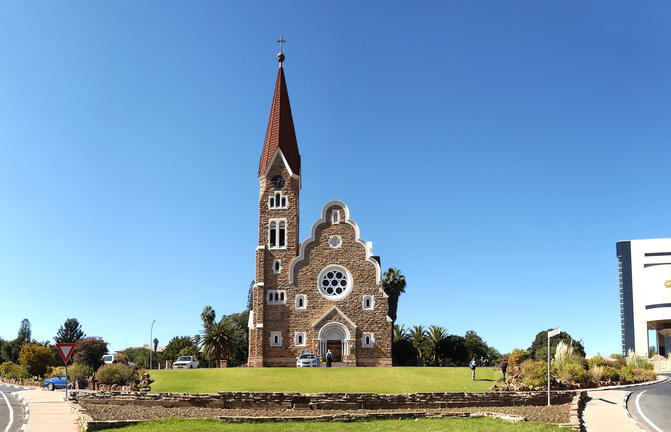
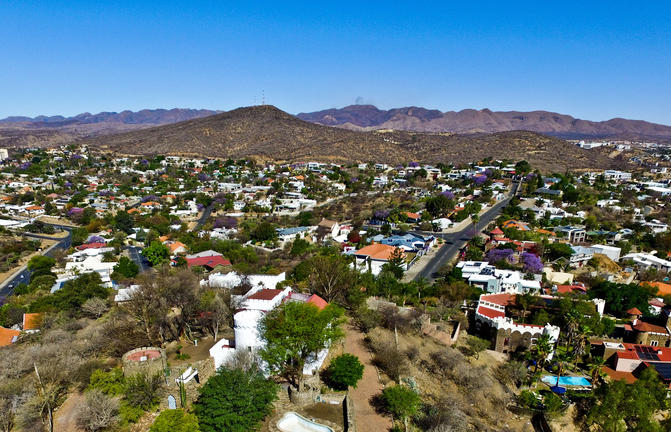
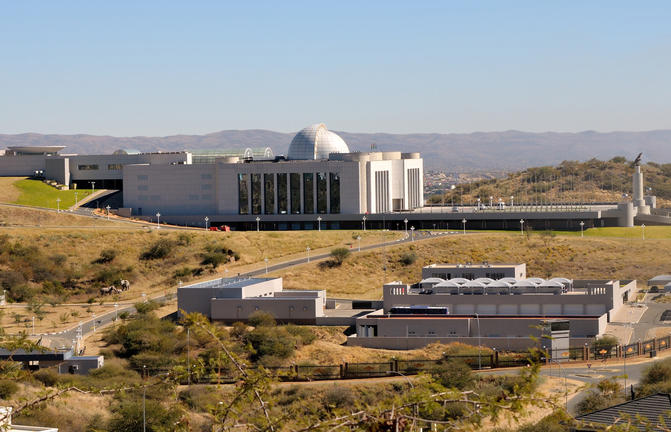
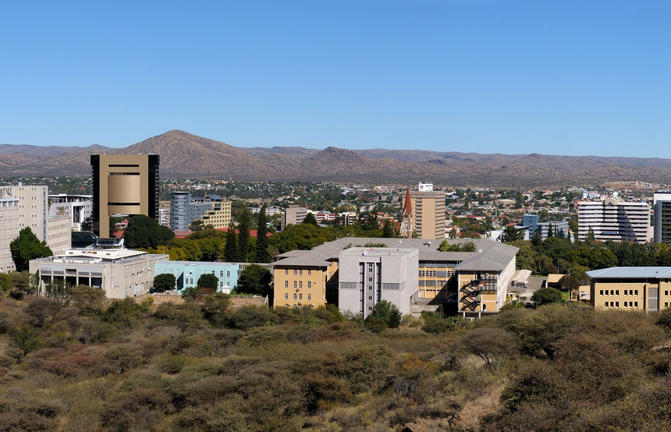
Situated in Central Namibia, the cosmopolitan city of Windhoek serves as the capital of the country. It is home to an international airport and a plethora of restaurants, shops, entertainment venues and accommodation options. The city is clean, safe and well-organised, with a colonial legacy that is reflected in its many German eateries and shops, and the widespread use of the German language. Windhoek has an interesting mix of historical architecture and modern buildings, many of which are worth a look, including the Alte Feste an old fort, the 1896 Christuskirche Christ Church, and the more contemporary Supreme Court.
Spanning an area of 172,200 hectares and encompassing four distinct ecosystems, the NamibRand Reserve of southern Namibia is among the largest privately owned game parks in Southern Africa. Founded to conserve the unique environment and wildlife species of the Namib Desert, the park’s mix of dunes, mountains, rocky outcrops, sandy flats, and gravel plains provides habitats for a diversity of mammals, including hyenas, jackals, foxes, antelopes, and various wild cats. A plethora of bird species, reptiles, insects, and frogs also have their home here, alongside an array of plant species. Discover the mysterious ‘fairy circles’, unexplained bare patches in the sand, or enjoy a night of sublime stargazing - having been named Africa’s first International Dark Sky Reserve, it is one of the least light-polluted areas in the world.
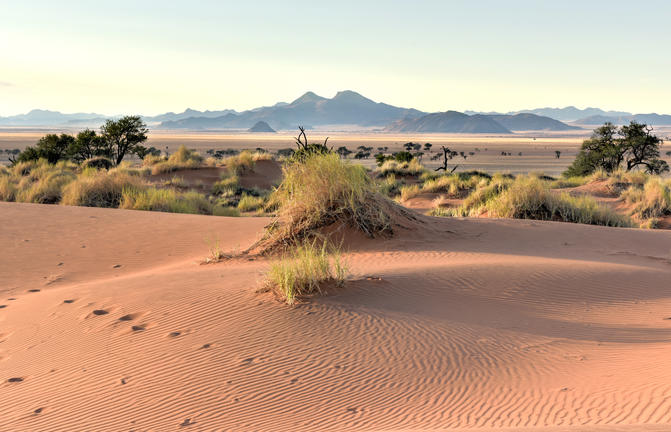
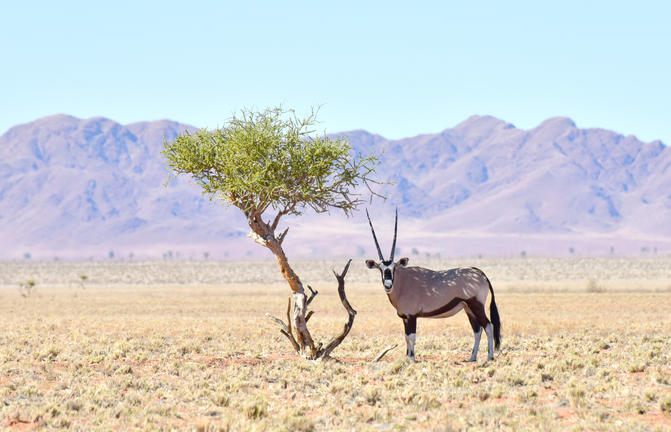
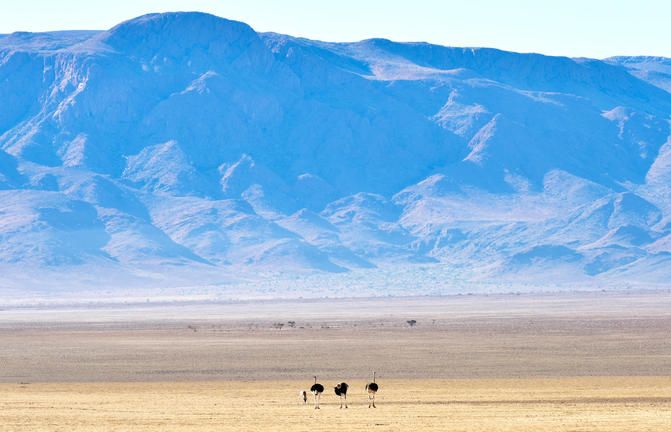
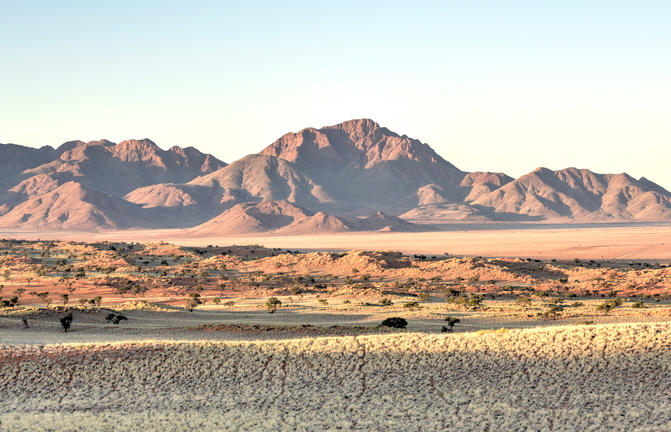
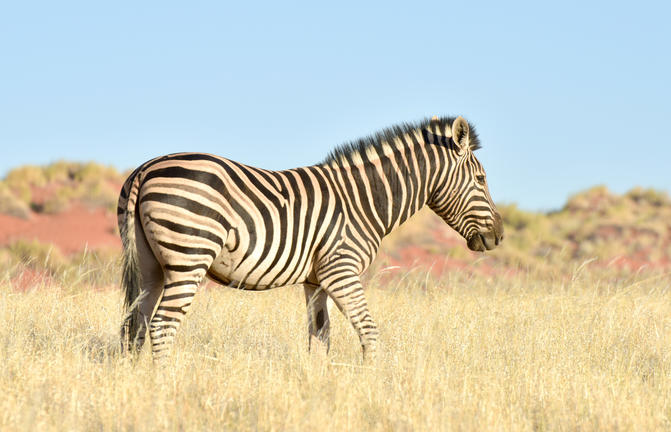
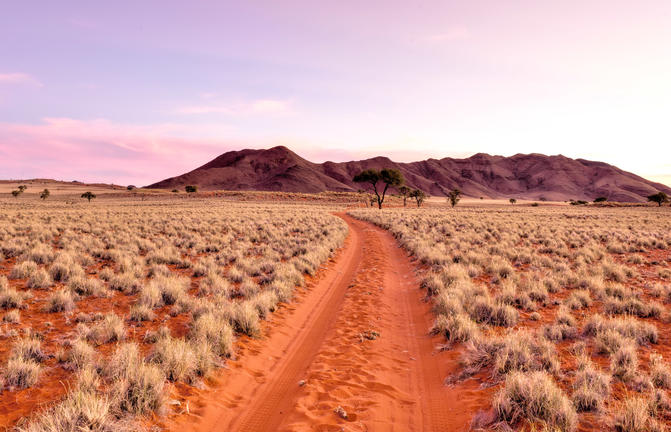

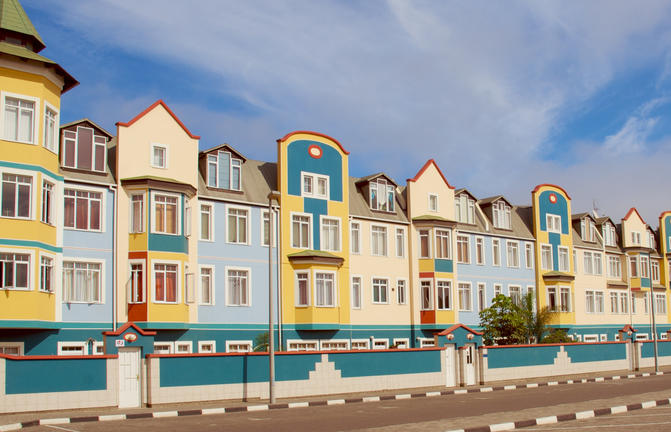
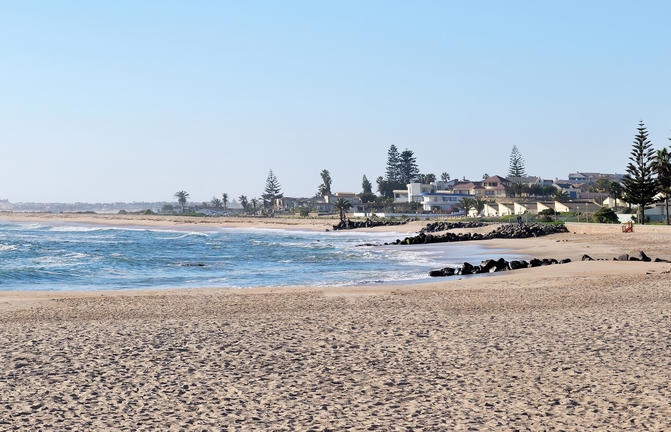
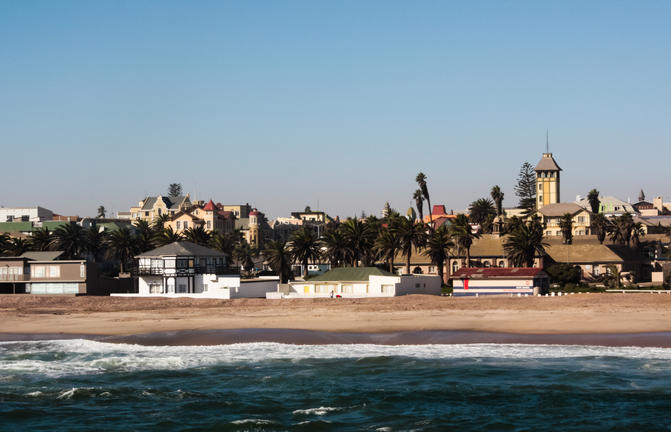
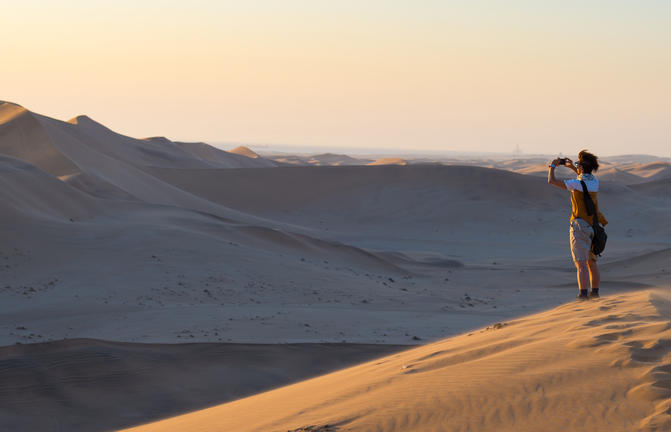
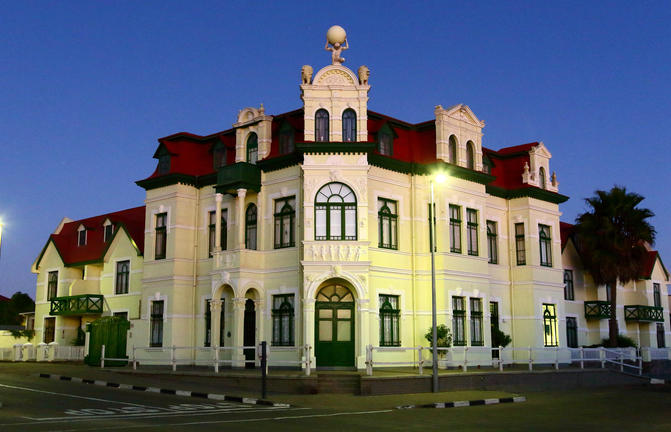
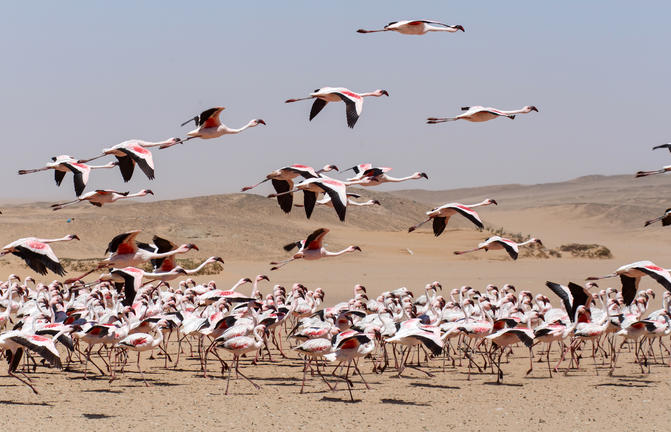
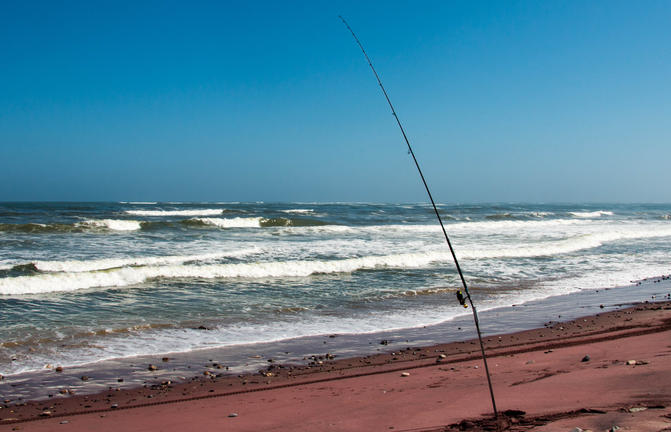
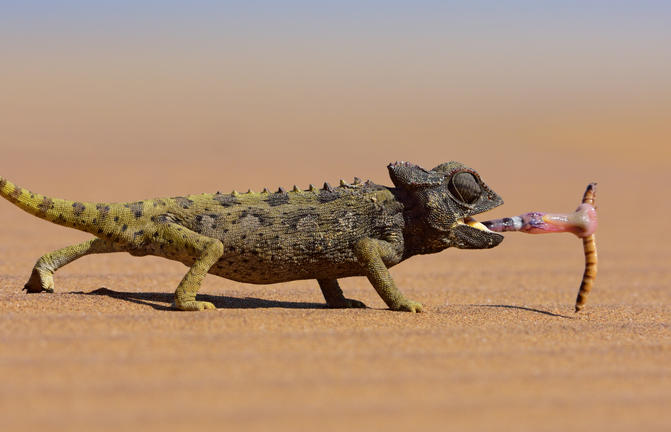
Set along Namibia's spectacularly scenic coast, the seaside town of Swakopmund is known for its wide-open avenues, colonial architecture, and its surrounding otherworldly desert terrain. Founded in 1892 as the main harbour for German South-West Africa, Swakopmund is often described as being more German than Germany. Now a seaside resort town, Swakopmund is the capital of the Skeleton Coast tourism area and has plenty to keep visitors happy. The quirky mix of German and Namibian influences, adventure options, laid-back atmosphere and cool sea breeze make it a very popular Namibian destination. Visitors can look forward to a number of exciting activities including: quad biking, horse riding, paragliding, fishing, sightseeing and fascinating desert tours.
Stunningly remote, the Hartmann Valley is a desolate yet entrancing moonscape of sand and rock. Located in the extreme northwest of Namibia, the region offers a profound sense of wilderness and unusual juxtaposition of habitats, as the Kunene River nurtures a band of lush vegetation amidst one of the driest deserts on earth, while sea mists creep in from the coast, and waves upon waves of dunes beckon to be slid down. The valley is home to the Himba, one of the last true nomads in Africa.
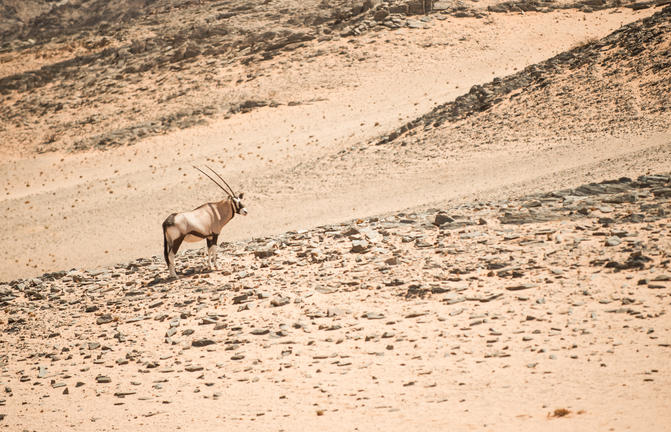
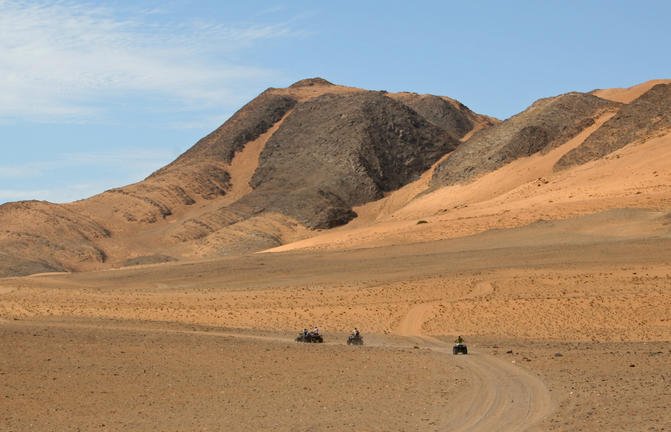
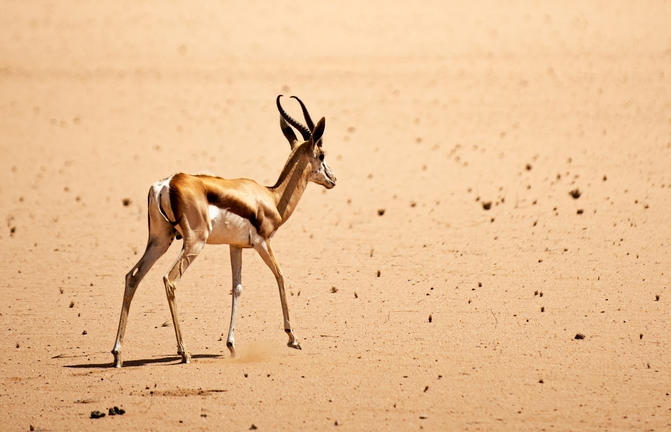
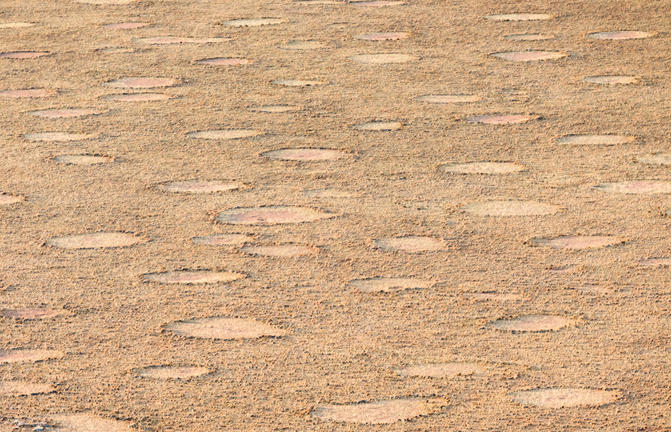
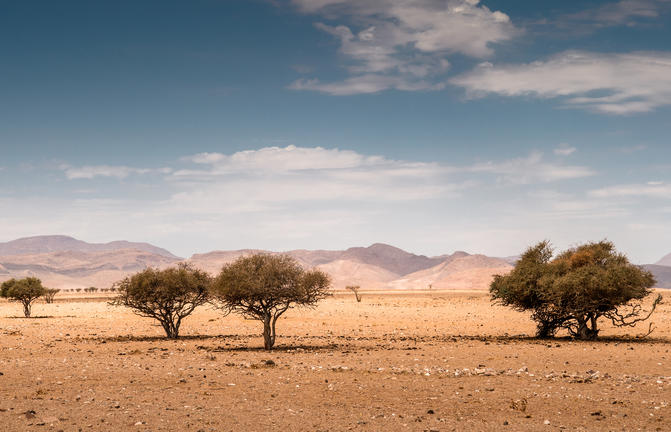
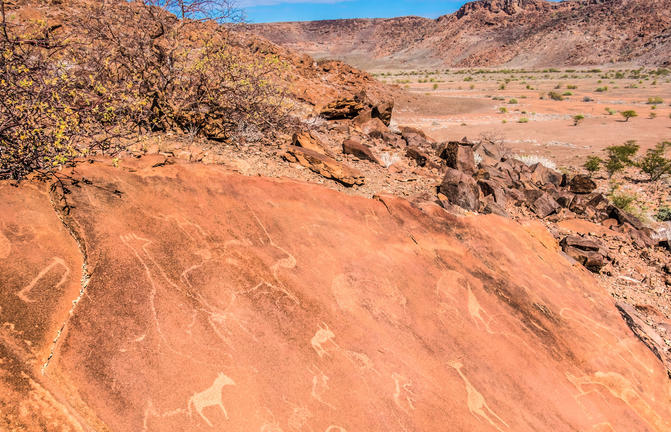
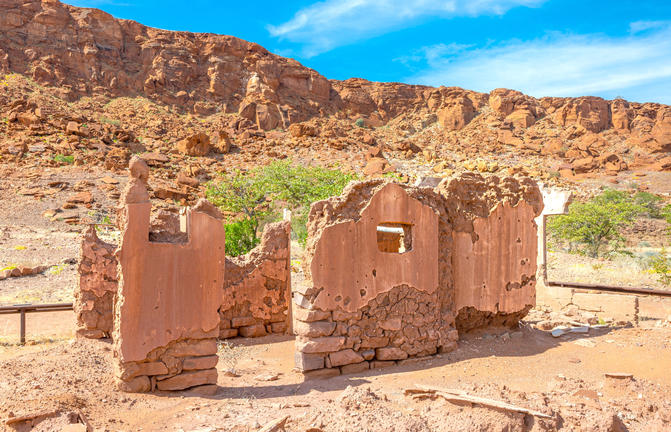
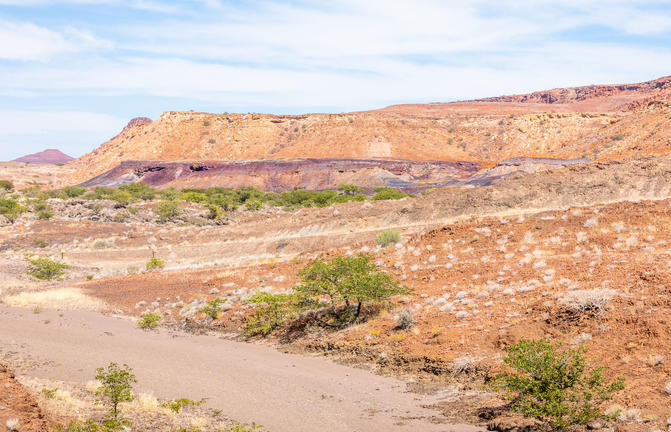
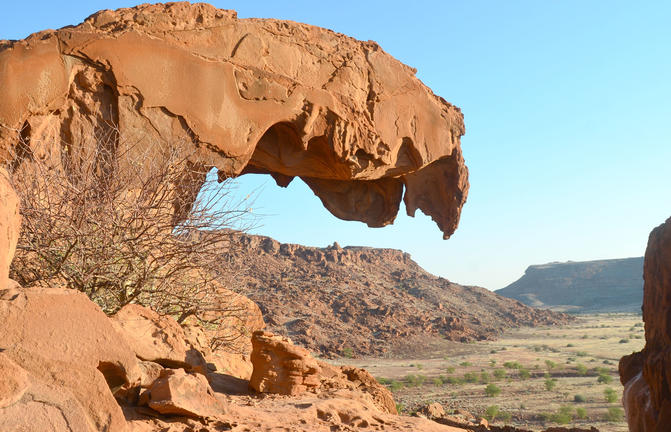
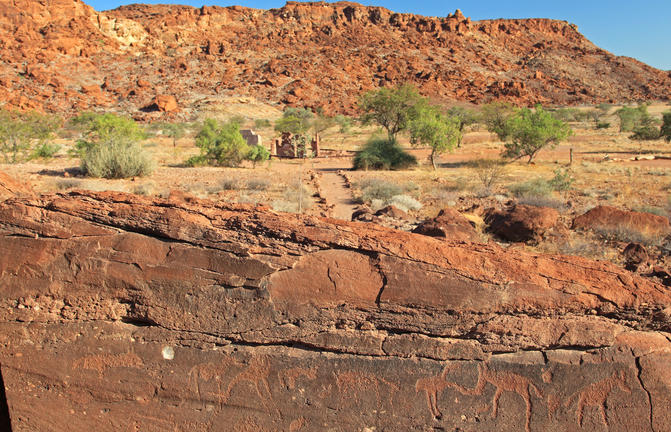
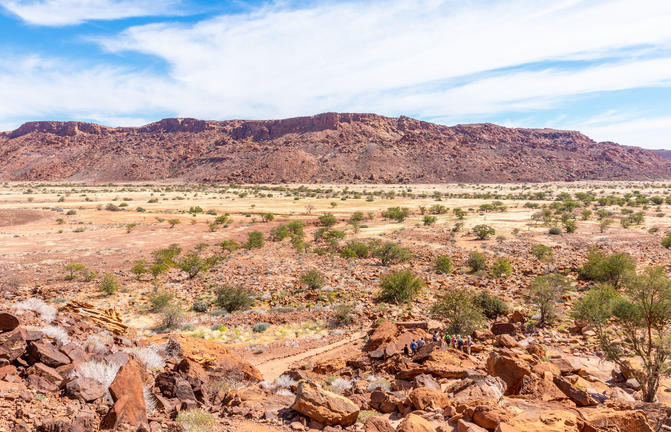
Set in the Kunene Region of northwestern Namibia, Twyfelfontein is a spectacularly scenic area, featuring one of the largest and most important concentrations of rock art in Africa. The name ‘Twyfelfontein’ translates to ‘Fountain of Doubt’, which refers to the perennial spring situated in the impressive Huab Valley flanked by the slopes of a sandstone table mountain. It was this spring that attracted Stone Age hunters over six thousand years ago, and it was during this time that the extensive group of rock engravings and paintings were produced. Visitors can look forward to basing themselves at some wonderfully shady campsites along the Aba-Huab riverbed, while exploring over thirty different sacred ritual sites of the traditional hunter-gatherer communities.
Sharing the southern boundary with Etosha National Park, the prolific 30 000-hectare private Ongava Game Reserve is considered one of the top private game reserves in the region, enjoying global recognition for exceptional conservation, groundbreaking research and exciting safari experiences. The landscape is characterised by vast open plains dotted with salt plans and abundant wildlife. Visitors can easily access Etosha through Andersson’s Gate in the south.
Known for its luxury lodges made out of natural materials, Ogava is a popular destination for those looking to immerse themselves in nature. The reserve offers visitors the perfect combination of wildlife safari experiences within and around the Etosha National Park. One of Ongava’s top attractions is its rhino population and guests can experience the thrill of getting close to these majestic creatures. Popular activities include: night game drives, guided nature walks, bird watching and 4x4 guided game drives.
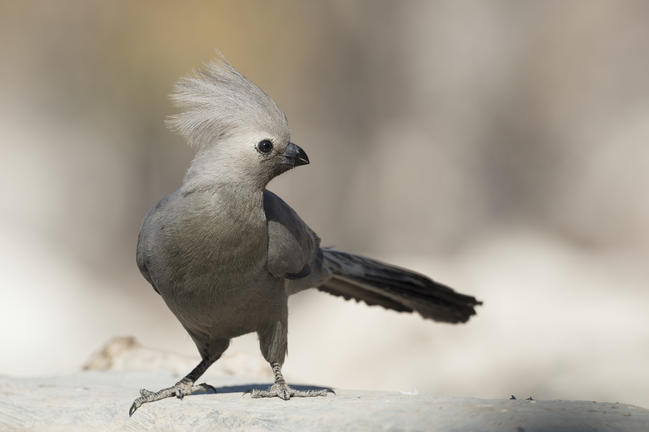
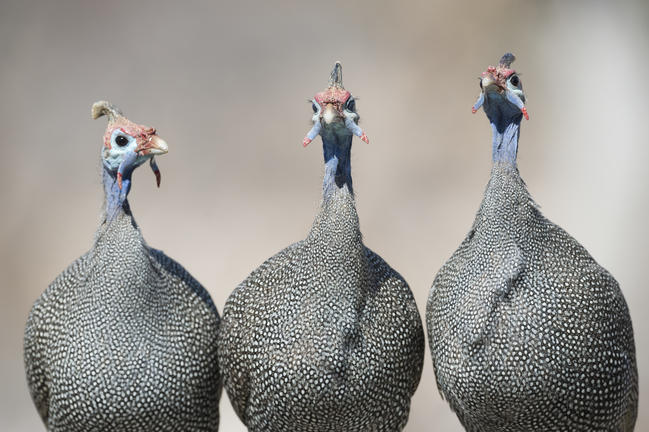
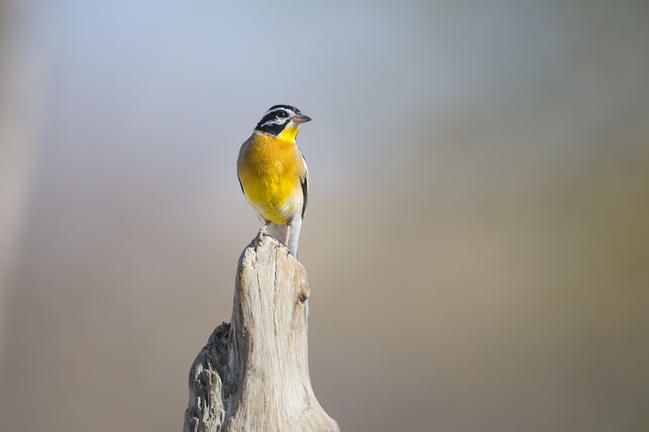
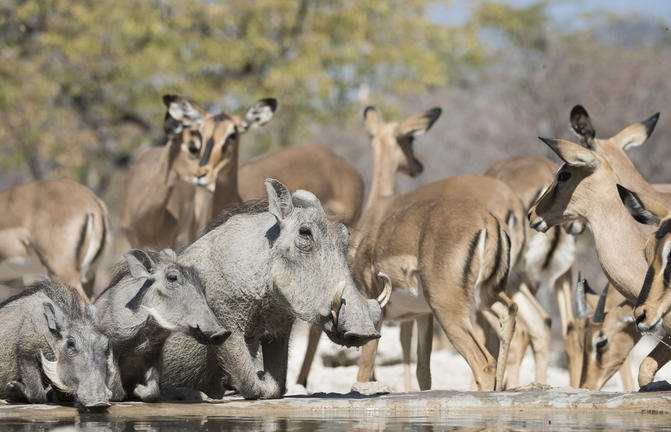
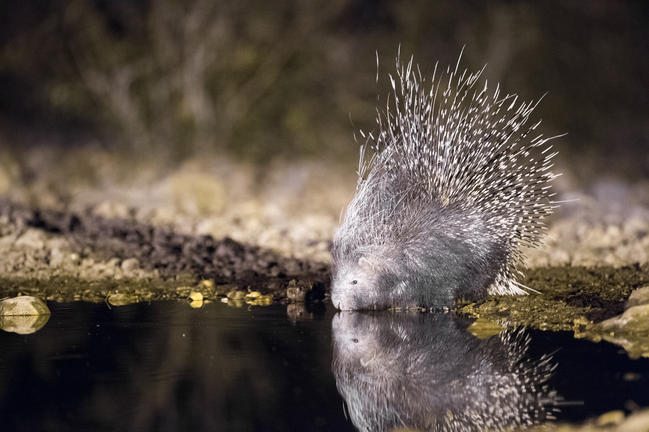
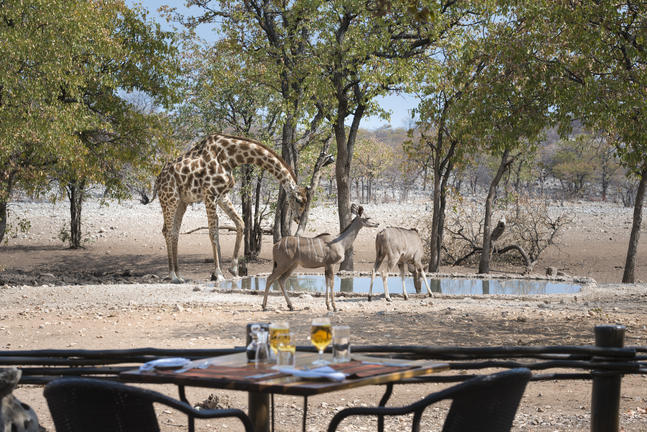
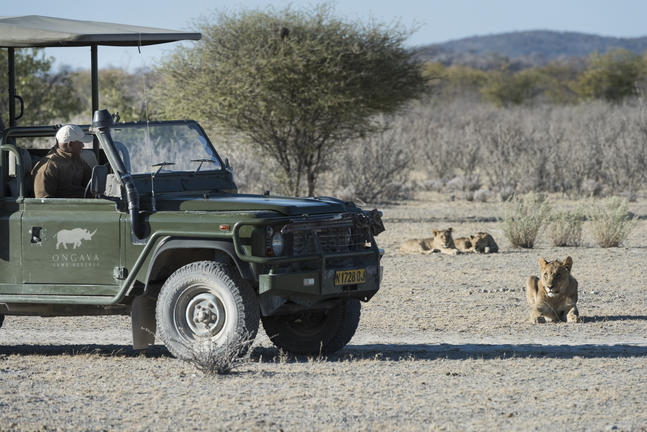
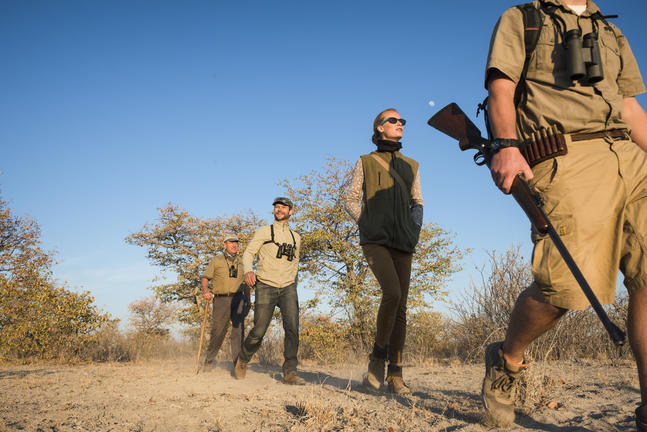
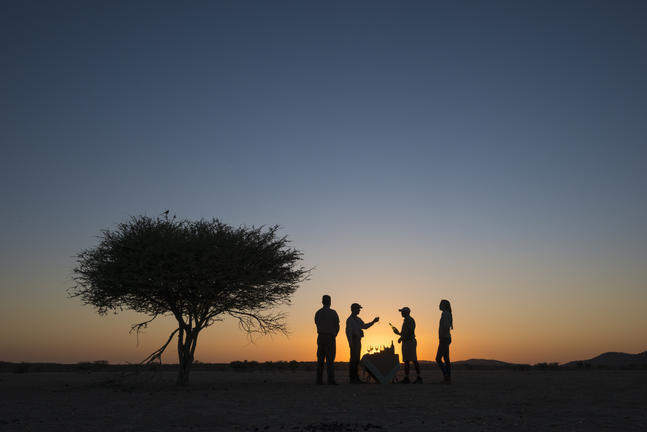
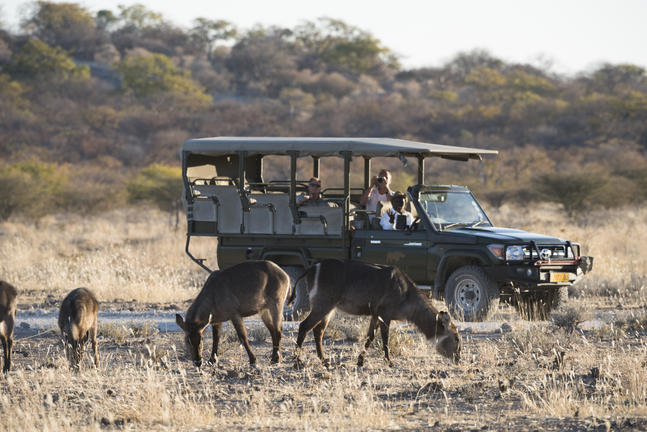
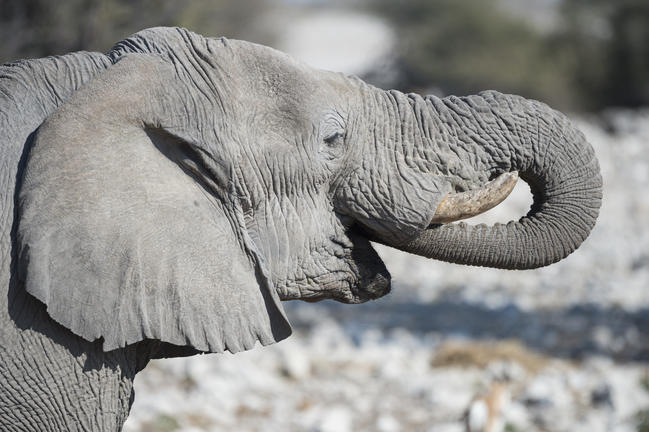
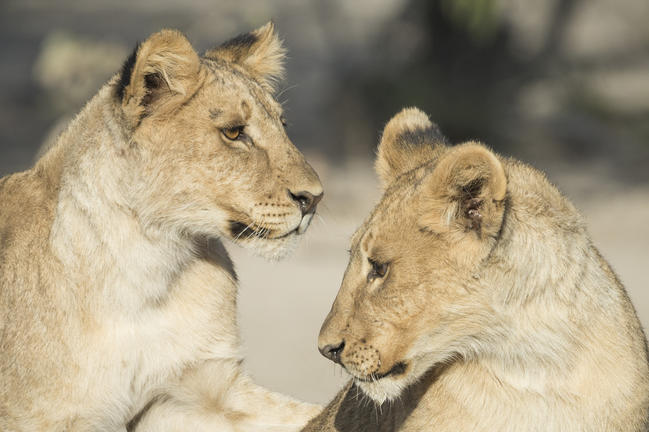
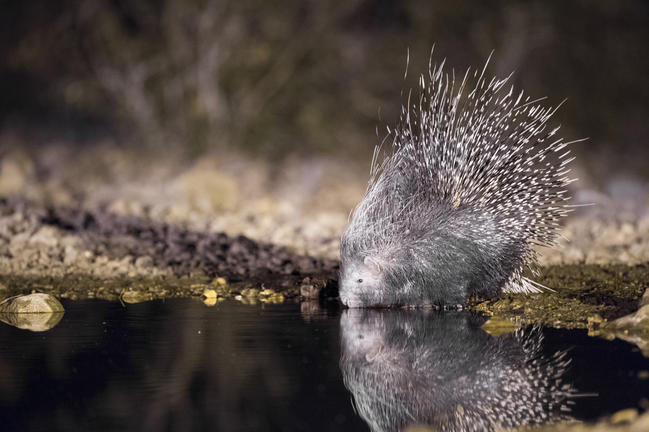
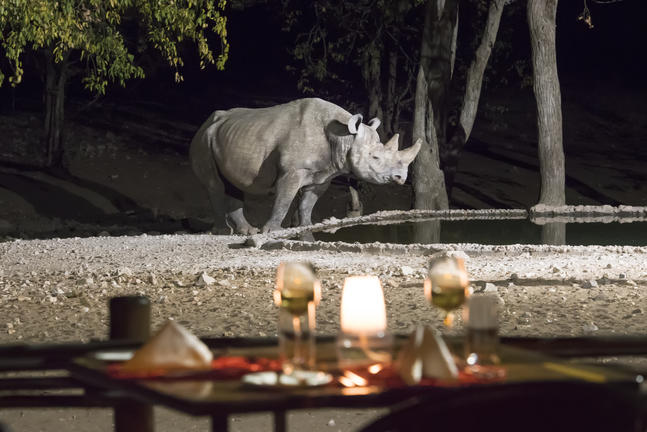
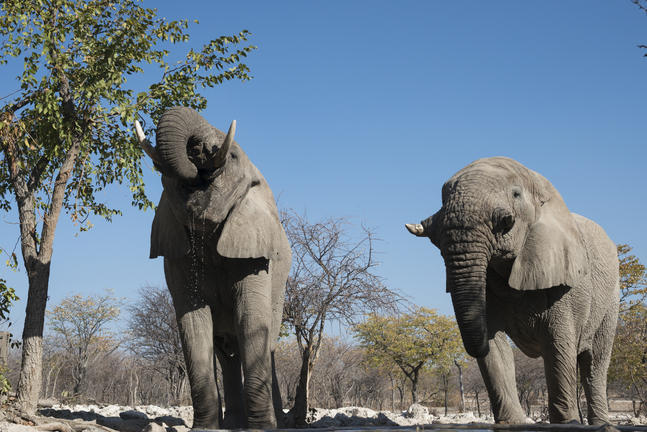
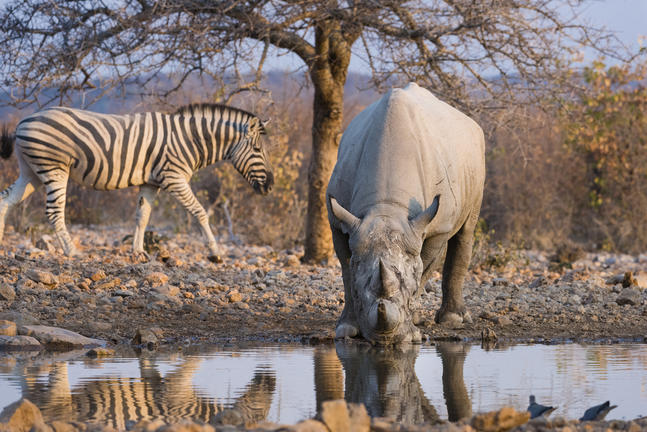
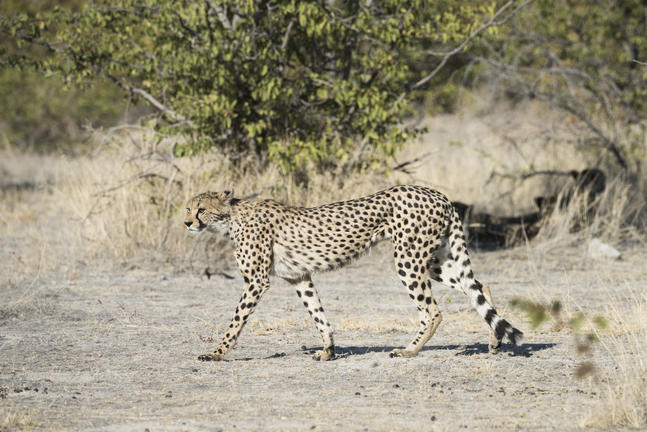
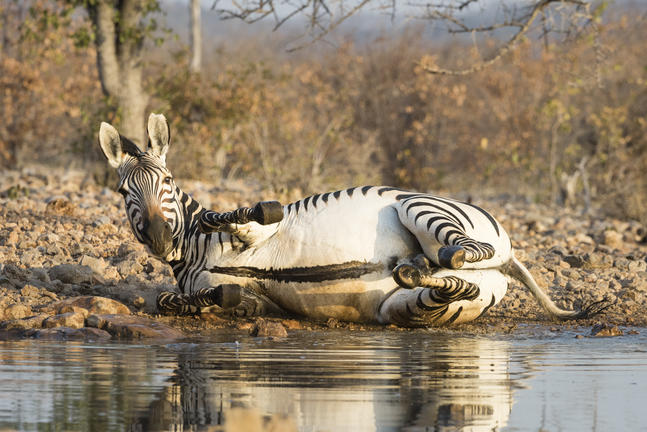
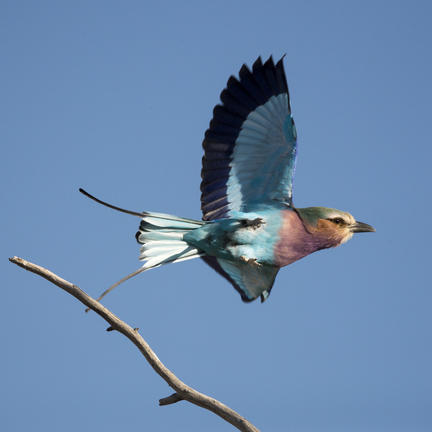
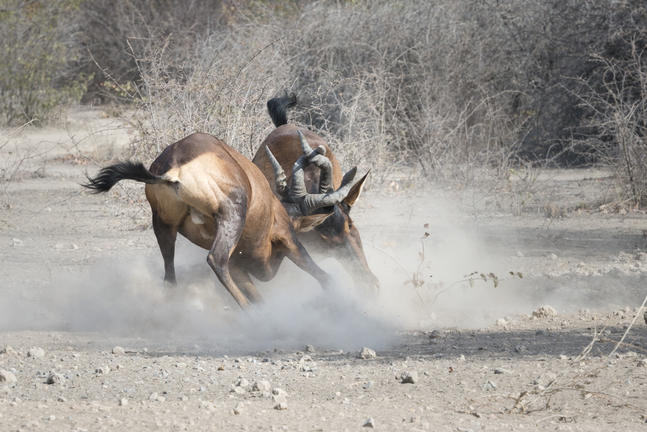
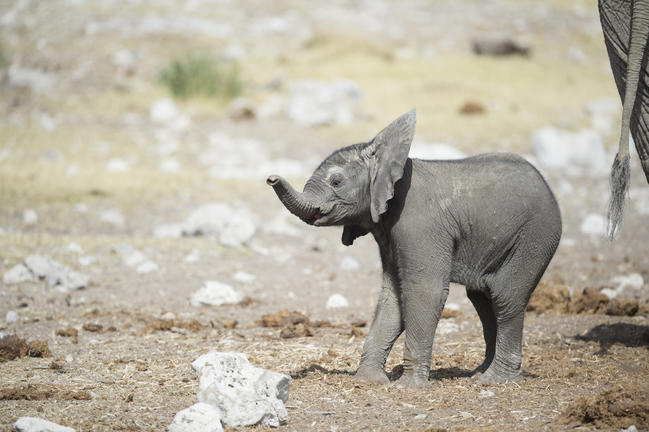
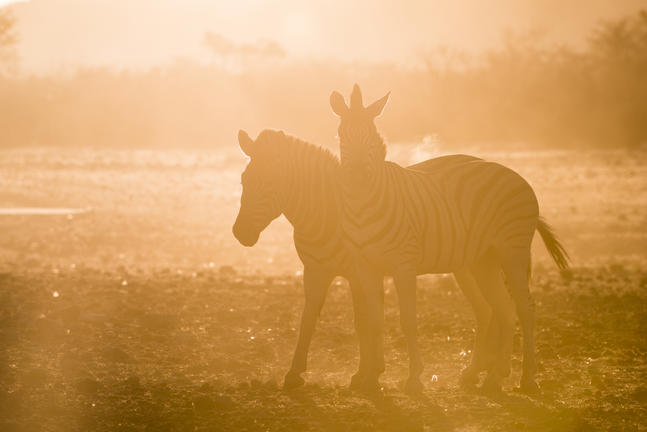
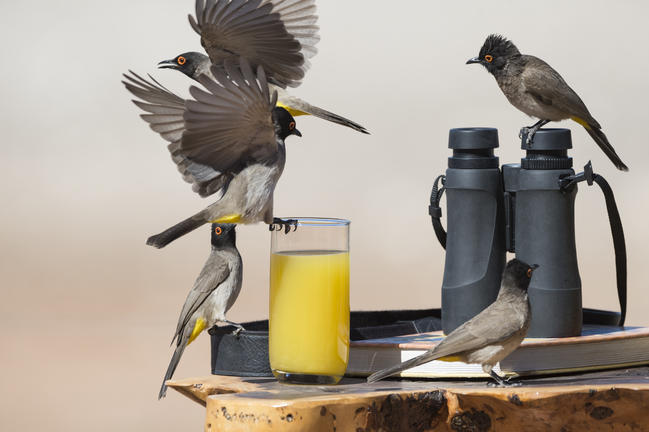
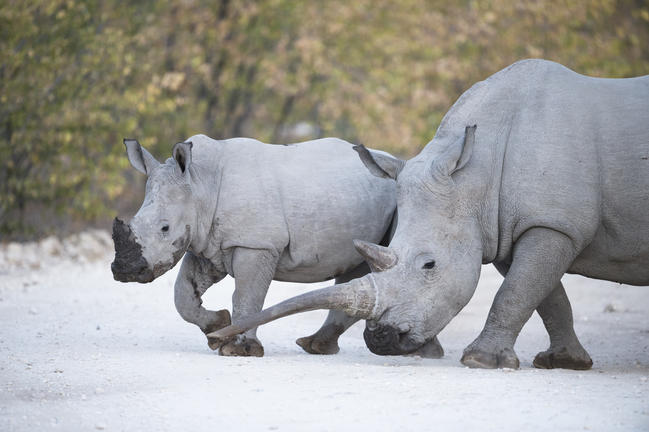
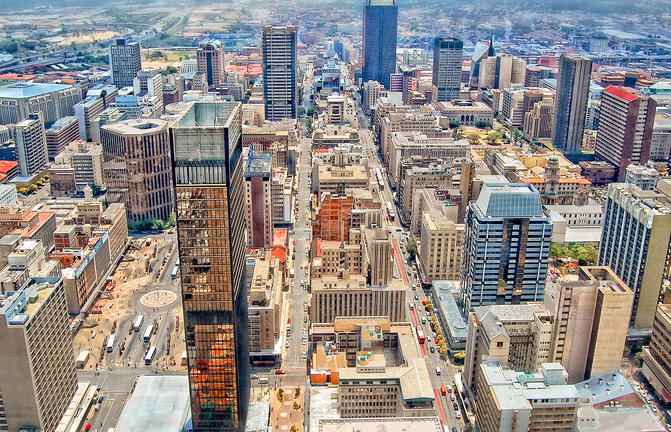
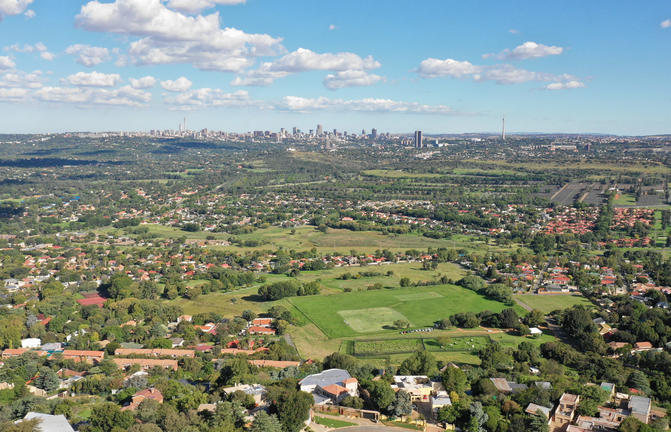
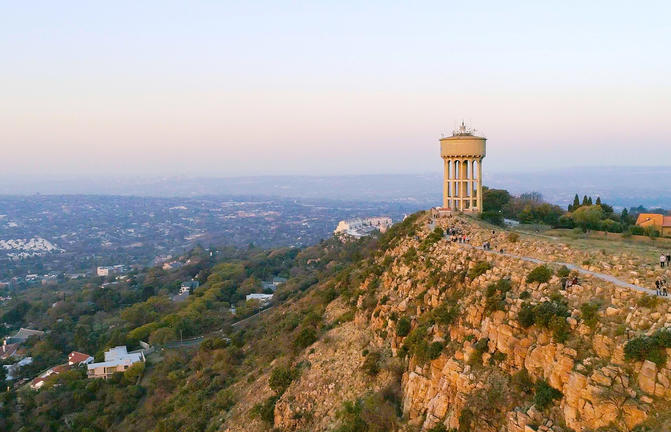
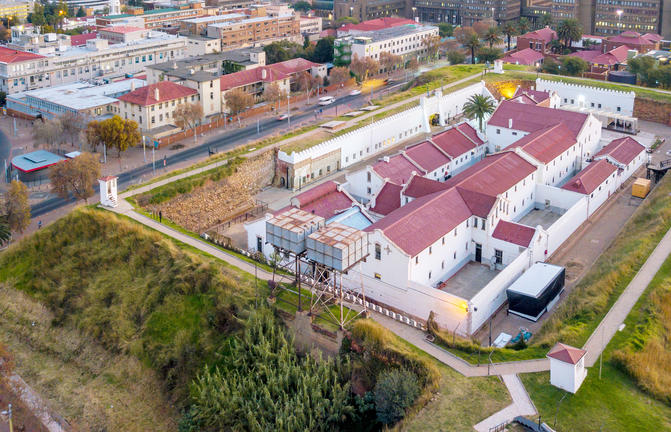
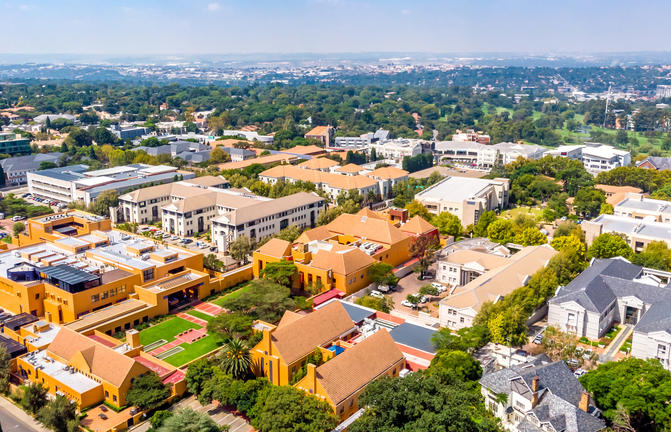
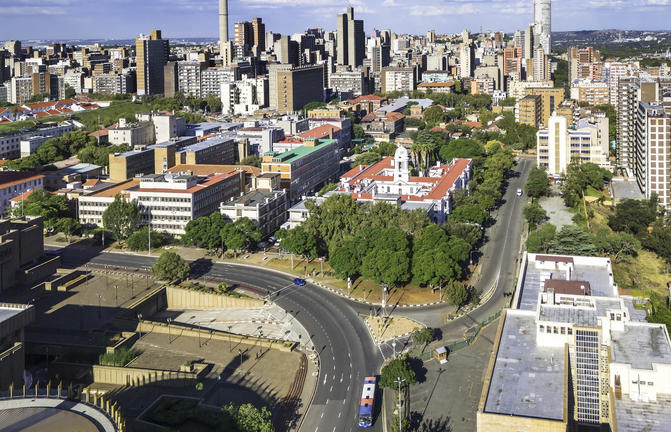
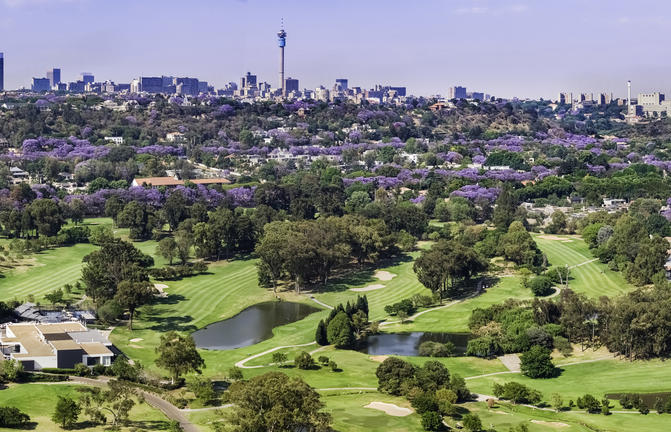
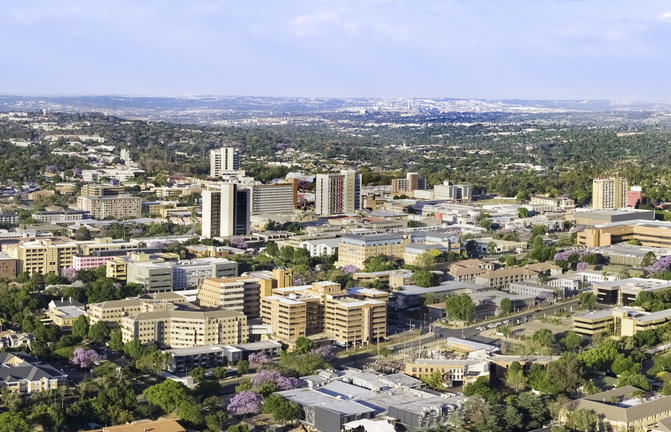
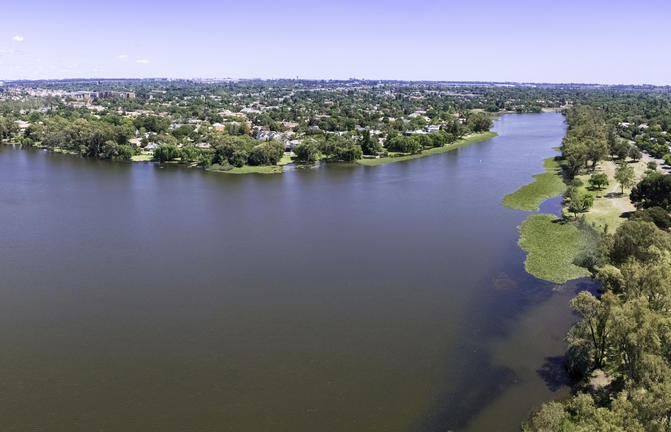
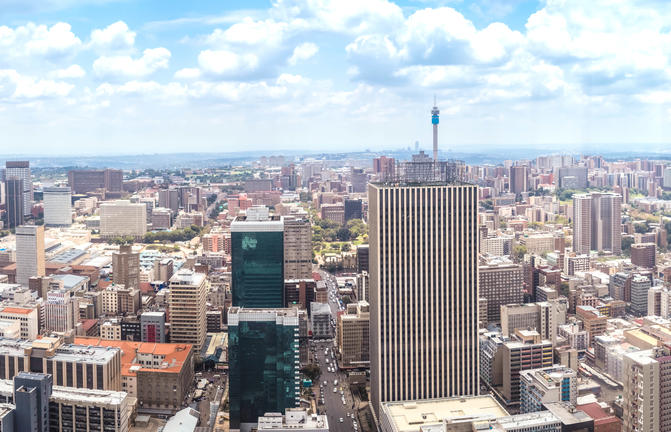
Johannesburg is one of Africa’s largest and most vibrant cities. It is an economic powerhouse in Africa and the gateway to Southern Africa. This bustling city offers a wide range of activities, attractions and plenty to do in and around the city including nearby Pretoria. Downtown is a multi-cultural mixture of traditional medicine shops, Chinese restaurants, taxi ranks and ultra-modern skyscrapers. There are excellent museums, art galleries and organised tours of historical and political interest. The shopping is Southern Africa’s best and the many restaurants cater for all tastes. Soweto, a township steeped in history and a significant part of the Greater Johannesburg metropolitan area, is a popular tourist destination.
Own Arrangement
The Chem Chem concession lies in the renowned migration corridor between the famed Lake Manyara and Tarangire National Parks, covering over 20 000 hectares. The landscapes here are characterized by vast grasslands dotted with ancient baobab trees, inhabited by a variety of wildlife including herds of elephant, zebras, wildebeest, buffalo, impalas, and over 400 species of bird. Visitors can look forward to dining under the African night sky, day and night wildlife safaris, and visiting a traditional Maasai village. Other popular activities include horse riding, bird watching, fishing, guided bush walks, 4x4 trails, hiking, picnicking, and game drives.












Located between the Central Serengeti and Kenya’s Masai Mara National Reserve to the north, the Northern Serengeti is a remote African wildlife wonderland. The vast, rolling savannah of the Northern Serengeti, is known as the hub of the great migration. The landscape is characterised by vast stretches of savannah interspersed with acacia trees and riverine woodlands. Wildlife can be seen along the banks of the Mara River and visitors can view the annual spectacle of the half a million migrating wildebeest. Commonly spotted wildlife include: a multitude of plains game such as buffalo, zebra, gazelles, impala, giraffe as well as lion and leopard. Visitors can look forward to bird watching, hot air ballooning, game safaris and guided bush walks.




